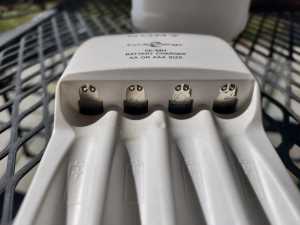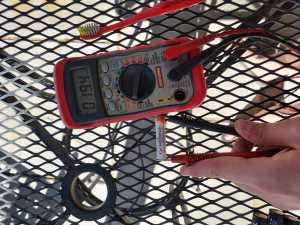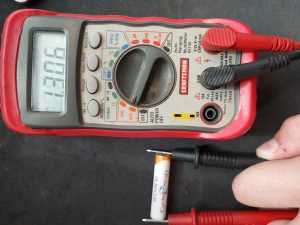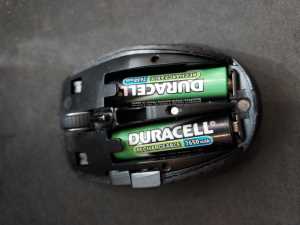Reviving Some Old NiMH Batteries.
NiMH is almost without a doubt my favorite battery chemistry. It sports incredible life, great capacity to be restored, even when completely drained, and decent capacity. I consider the patents to it being purchased by Texaco, who disallowed their use in any kind of EV, to be one of the tragedies of green energy, as with the only a little bit of extra development I believe they could have rivaled today's lithium based chemistrys, or at least have been an effective alternative.
Unfortunately, neither of my trucks are NiMH, even though one of them is an EVBones truck, so I don't have the luxury of just being able to charge and discharge my batteries a few times and have batteries with reasonable capacity. Instead, oil companies have forced my hand and made me go with LiFePo4, which is still a good chemistry, but I'd prefer the resilience of NiMH over the outright capacity of LiFePo4.
This little project was stirred on when I noticed that a little solar powered fountain my mom uses to agitate the water in a bird bath naturally wouldn't run at night, thus allowing stuff to grow in it, and other things you generally don't want in a bird bath to happen. Lacking anything else to do that day I set out to find a suitable battery and charging solution. My original plan was to use some 18650 cells from an old modem, which even had an little 2s BMS, but they ran at 8.4v when the solar panel could only really provide 4.8 max. After searching more and only coming up with a couple 12v batteries I remembered that in the bucket of household alkaline batteries there were a couple of old NiMH rechargeables which I always assumed to be dead, but I figured it would be worth a shot at bringing them back anyway. Here's how I did it.
What I needed.
- Isopropyl alcohol
- A toothbrush you won't mind loosing
- A multimeter
- A NiMH charger
- And naturally, the NiMH batteries
I though I'd taken more photos, my apologies.
All of my equipment had been sitting for 10+ years, so it needed some cleaning. Just using some 70% IPA and a toothbrush worked fine enough. Mind that the vent holes on the positive end of the batteries are clear.
After that the method to revive them is simple. You use them. I'm using two flashlights and a wireless mouse. I only use a flashlight for the AAA batteries for no reason other than it's the only thing I have handy that takes them, but for the AAs I use the flashlight for bulk discharge then the mouse to get them down closer to zero, since the light can only partially drain the batteries. Then once they are out of charge you simply charge them up and repeat. You want to charge them up to ~1.3v in my experience, and discharge them till they simply stop working in whatever application you're using to discharge them.
This is by no means the right way to do this, but this is just what I did and find works. When I started this at ~3:00 PM the lights could barely stay on for 15 minutes. Now at 12:18 AM (yikes!) the AAs are only dim and the AAAs are bright as ever. Neither looks like they'll go out any time soon.
As for the project that initiated this, I didn't get to completing that today, and I'll probably just order a proper 5v pack with a real BMS, but this was good experience and a fun little project. It'll also help with another project I have coming up.



